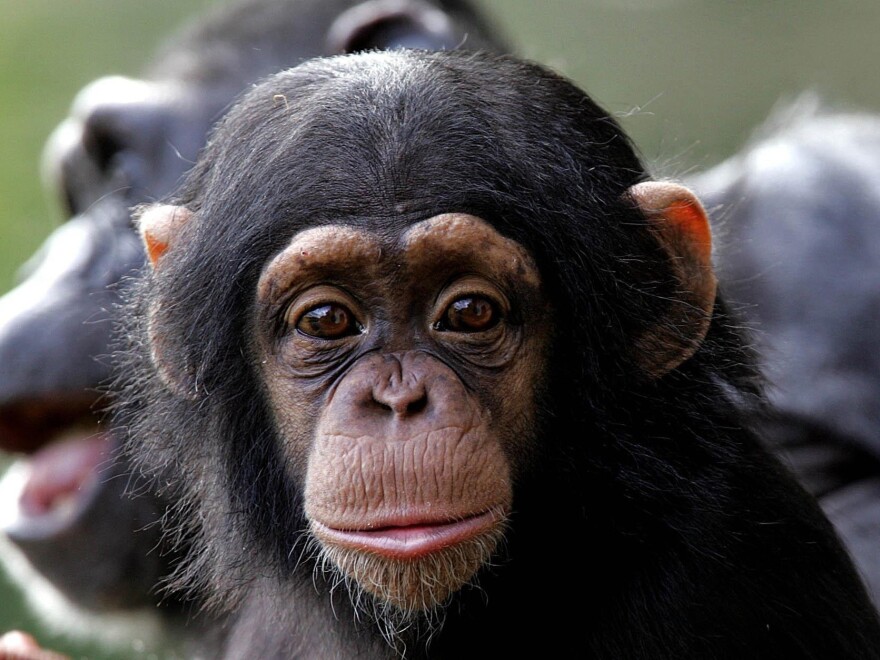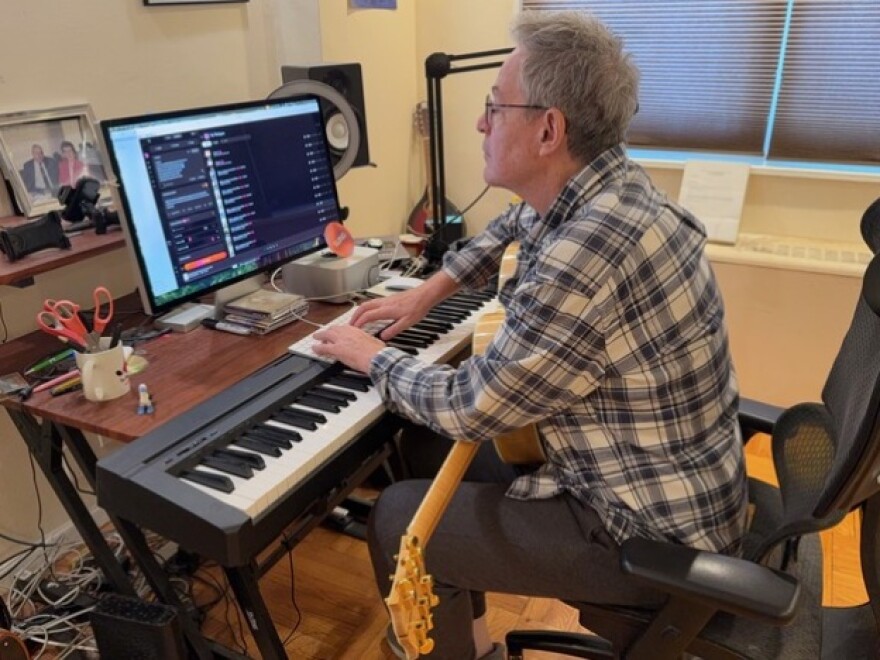Words, gestures, and a combination of visual and auditory cues make up the intricate web of human communication.
“People use visual and vocal communication in a very rich and combined way,” according to Joseph Mine, a biologist at the University of Rennes in France.
However, the origins of this capacity are a little unclear. It’s not as though the fossil record shows the beginning of human communication; there are no amber-encased gestures or phrases etched on ancient rock.
“So there’s this big open question of how did human language evolve,” Mine responds. “How did humans or hominins communicate hundreds of thousands of years ago, or even millions of years ago?”
By examining one of our closest living cousins, chimpanzees, mine aims to provide an answer to that query. According to the theory, whatever characteristics that humans and chimps currently have may have originated between six and eight million years ago, when the two species’ ancestors split off.
Mine and his colleagues come to the conclusion that moms and maternal relatives are the primary source of vocal and visual communication patterns for young chimps in a study that was published in the journal PLOS Biology. They believe that this capacity may have existed since at least that prehistoric era, and it is similar to how young humans learn from their primary caregivers.
Vocal gestural pairings
In Kibale National Park in western Uganda, “a beautiful tropical rainforest where these chimpanzees live in the wild and therefore we can observe their natural behavior,” Mine conducted his fieldwork with the Kanyawara colony, which consists of about 60 animals.
Although they usually consist of at least one mother and her children, the individuals are constantly separating and reforming into smaller groupings. “Anywhere between two and maybe eight or nine individuals who are all related through their mother,” according to him.
In order to video and record audio of the animals, Mine and his colleagues followed them at a safe distance for several months. Back in the lab, he combed through hundreds of hours of footage as he worked on his PhD at the University of Zurich.
Mine looked for any vocal and non-vocal actions (including body postures and movements, gaze orientation, facial expressions, and gestures) that were generated in tandem more frequently than would be predicted by chance.
“They might combine a pant-hoot vocalization with running but also with slapping the ground or grabbing a branch,” he illustrates with an example. “Just like they might combine a soft hoo vocalization with a sitting posture and maybe an arm reach.”
Mine found a repertoire of 108 such combinations in a work published last November. And he observed anything odd while doing that analysis.
“All the individuals from a certain family seem to converge around a similar number of combinations,” according to him.
So he made the decision to learn more.
A lot like mom
Mine discovered that chimpanzees related through their mother created comparable amounts of these verbal and visual combinations when he later studied chimps 10 years and older, meaning subadults and adults. “There is a kind of signature within the group composed of you and your mother and your maternal siblings,” declares Mine.
However, there was no such pattern on the paternal side. Therefore, “if your mother tends to gesticulate a lot while vocalizing, then you’re also likely to do so and your maternal siblings are also likely to do so,” according to him. “But if that’s the case for your father, then you won’t necessarily show this kind of resemblance.”
The majority of a chimp’s early years are spent with its mother rather than its father. Mine therefore comes to the conclusion that these vocal-visual combinations are probably taught. This is because the chimps would look like both of their parents if genes were involved.
“They don’t really have the exposure that would allow them to learn from their fathers,” Mine claims. He goes on to say that a young chimp uses the mother as its “social template.”
Additionally, these behaviors seem to remain in place after they are learnt.
Additionally, young humans pick up communication skills from the people they spend the most time with, which suggests that this ability may have originated at least as far back as our last common ancestor with chimps.
“This fact that we acquire parts of our communication socially seems to be potentially a very ancient trait a feature of our lineage for several million years,” Mine adds.
The findings pleased Cat Hobaiter, a primatologist at the University of St Andrews in Scotland who was not engaged in the study. According to her, they offer the most recent illustration of how monkey speech is influenced by the social environment.
“We’re seeing such similarities across the ape species,” she continues. “I wager that gorillas and orangutans would exhibit a similar behavior. Then, we’re discussing something that may be 16–17 million years old, meaning that apes were socially learning from one another long before humans were.
Future research, according to Hobaiter, could attempt to decode these combinations in order to determine their possible meaning and whether these behaviors are unique to this species or potentially shared by all chimpanzees.
Copyright 2025 NPR





